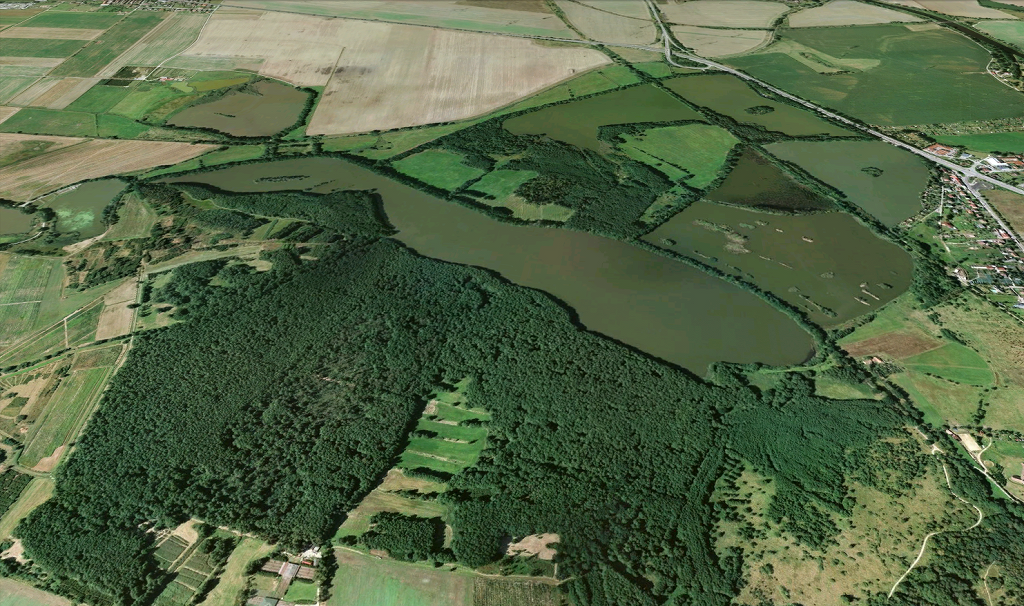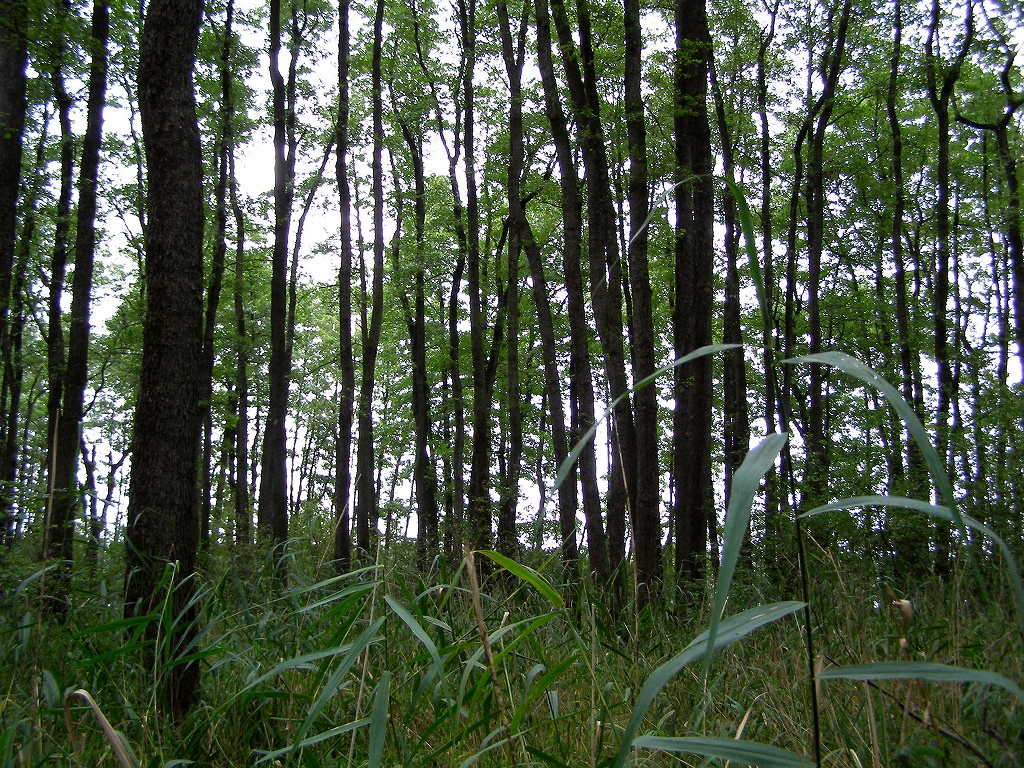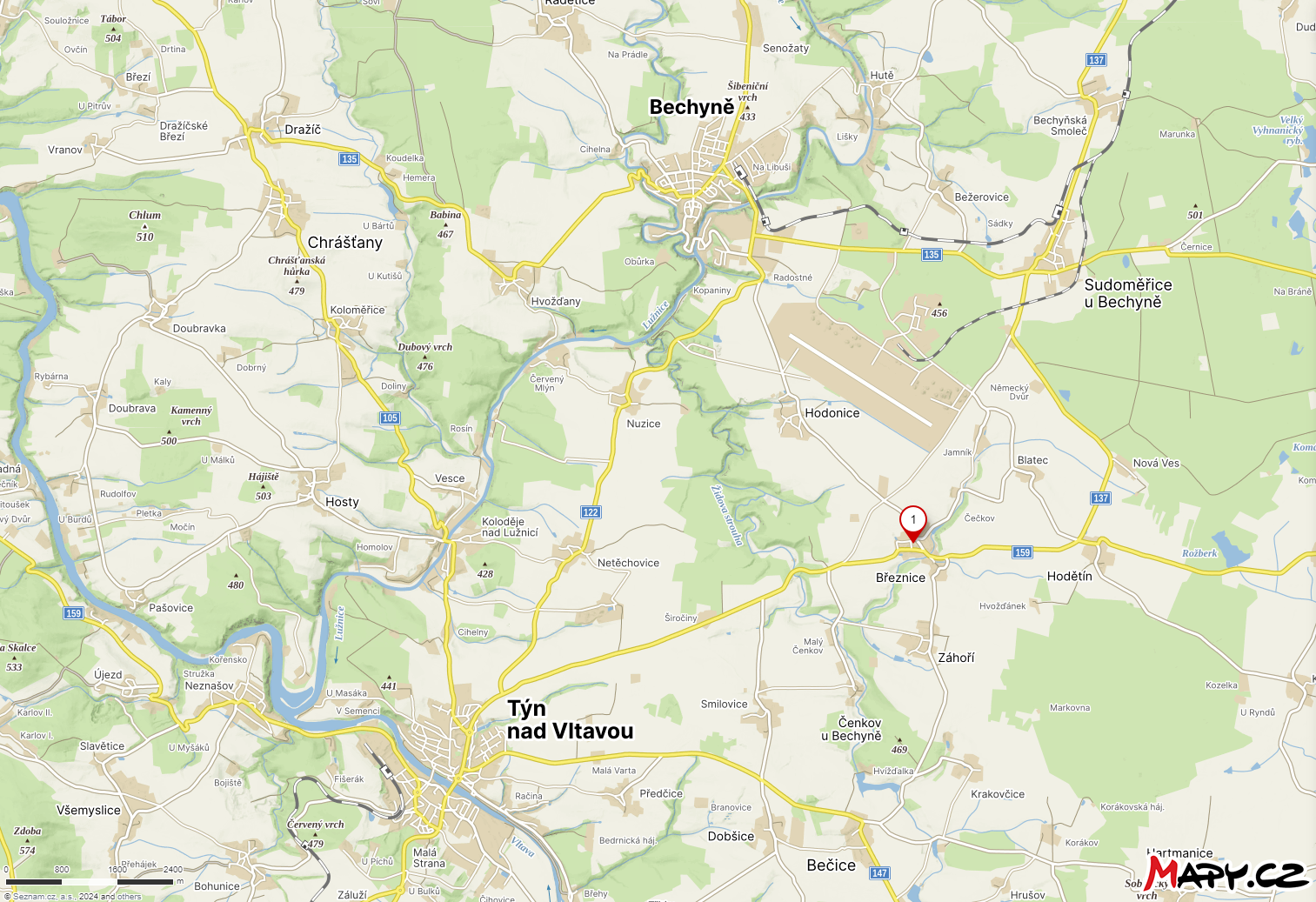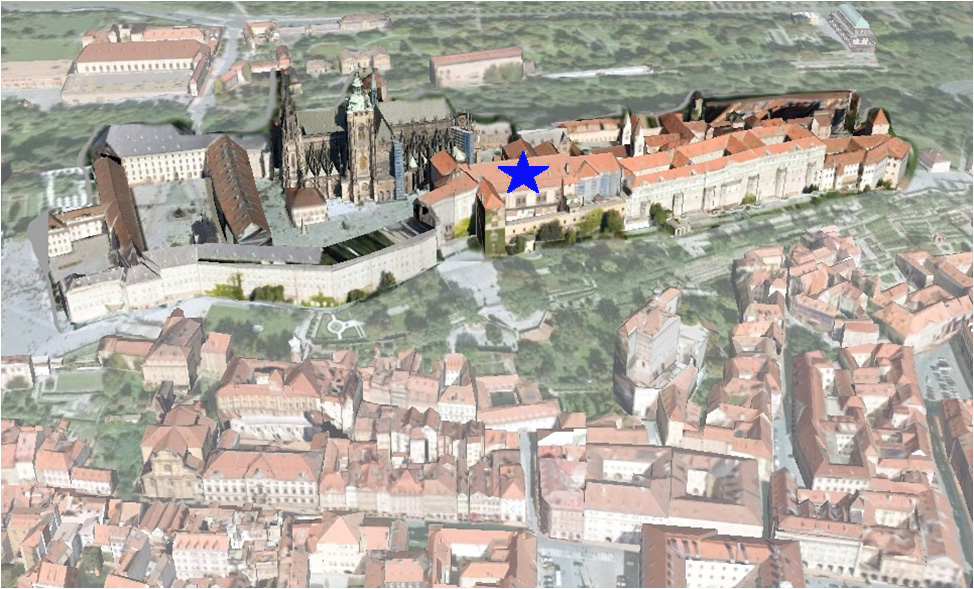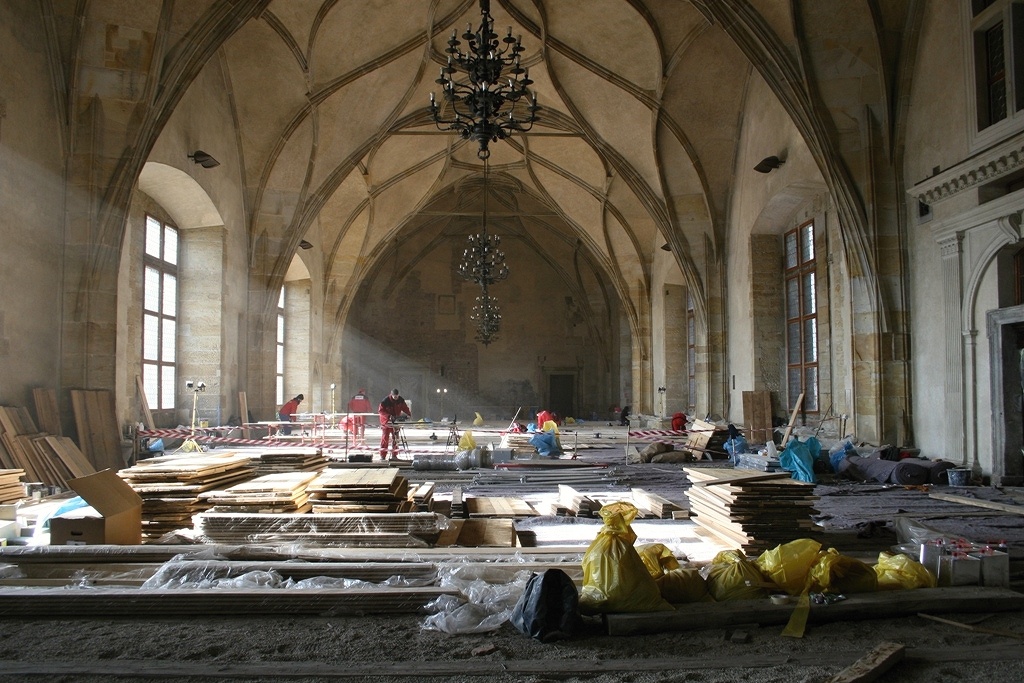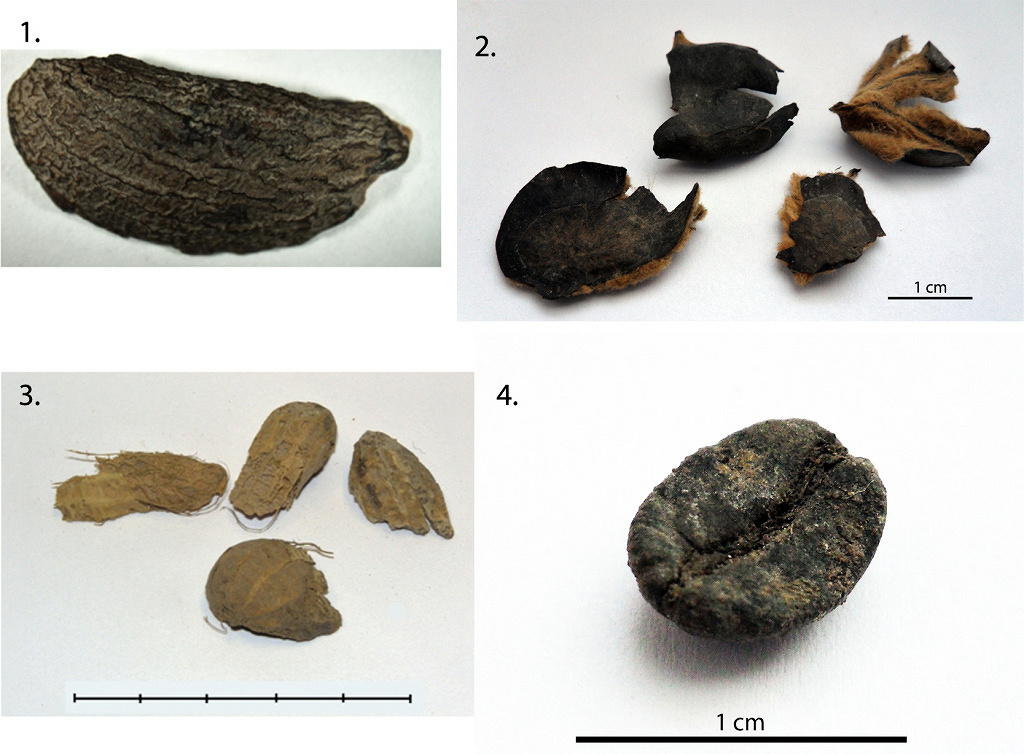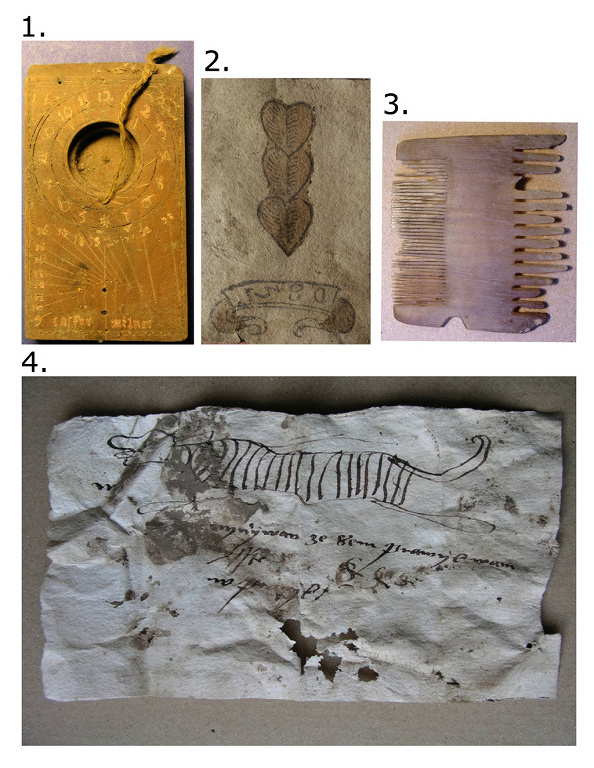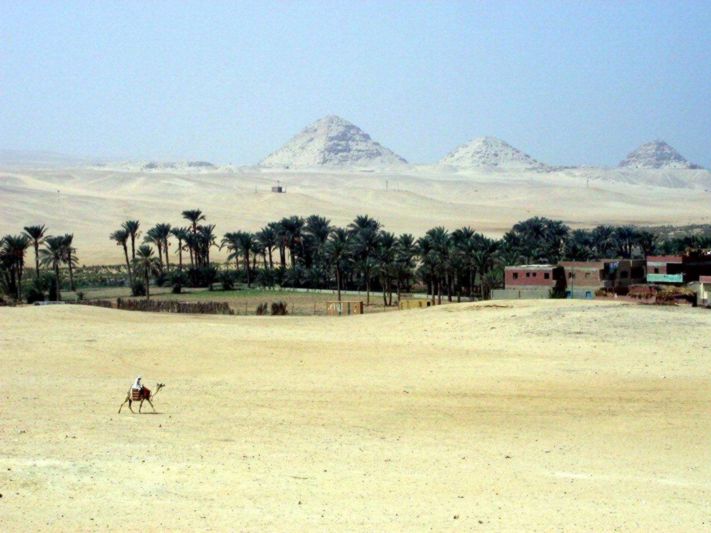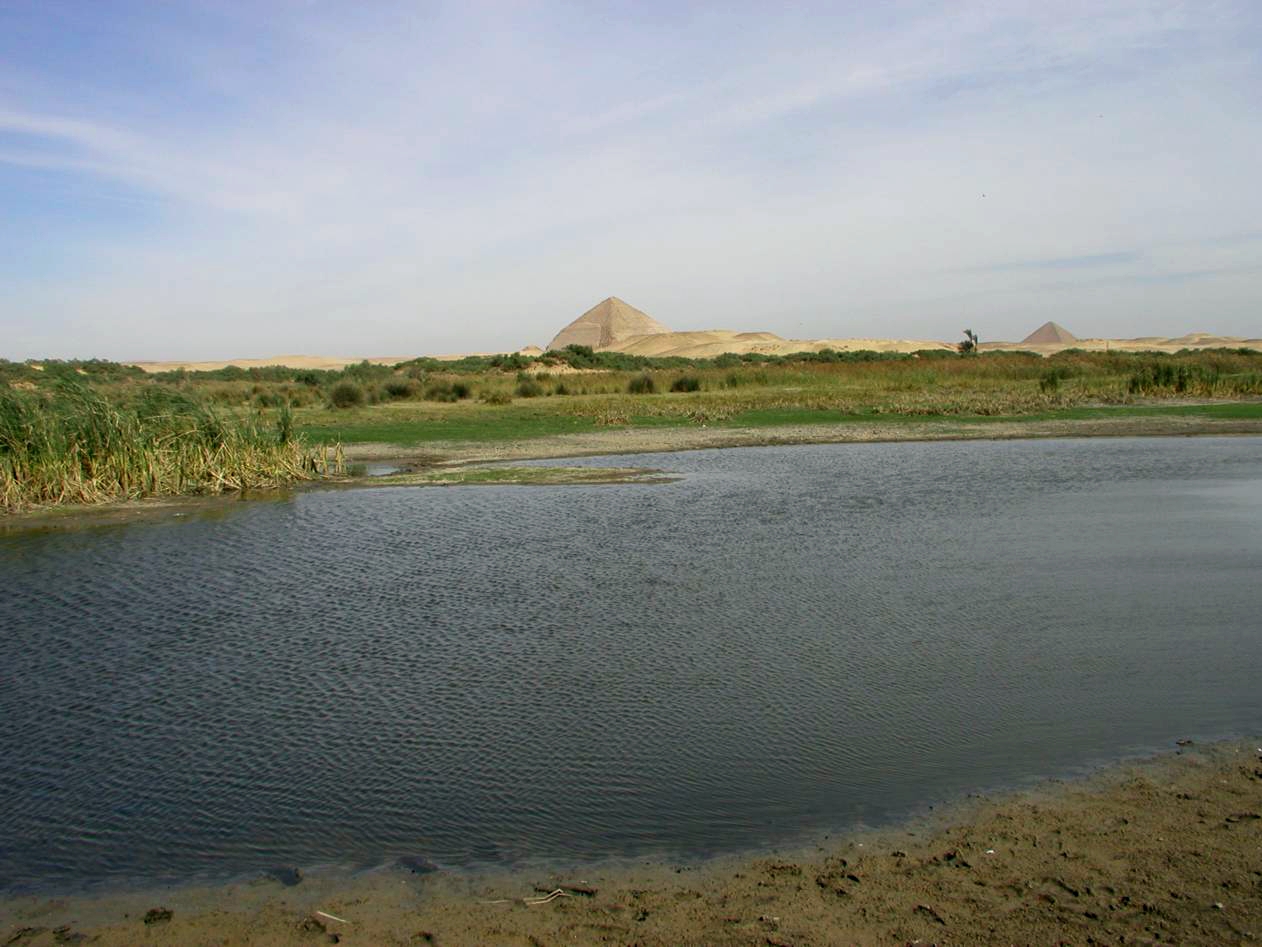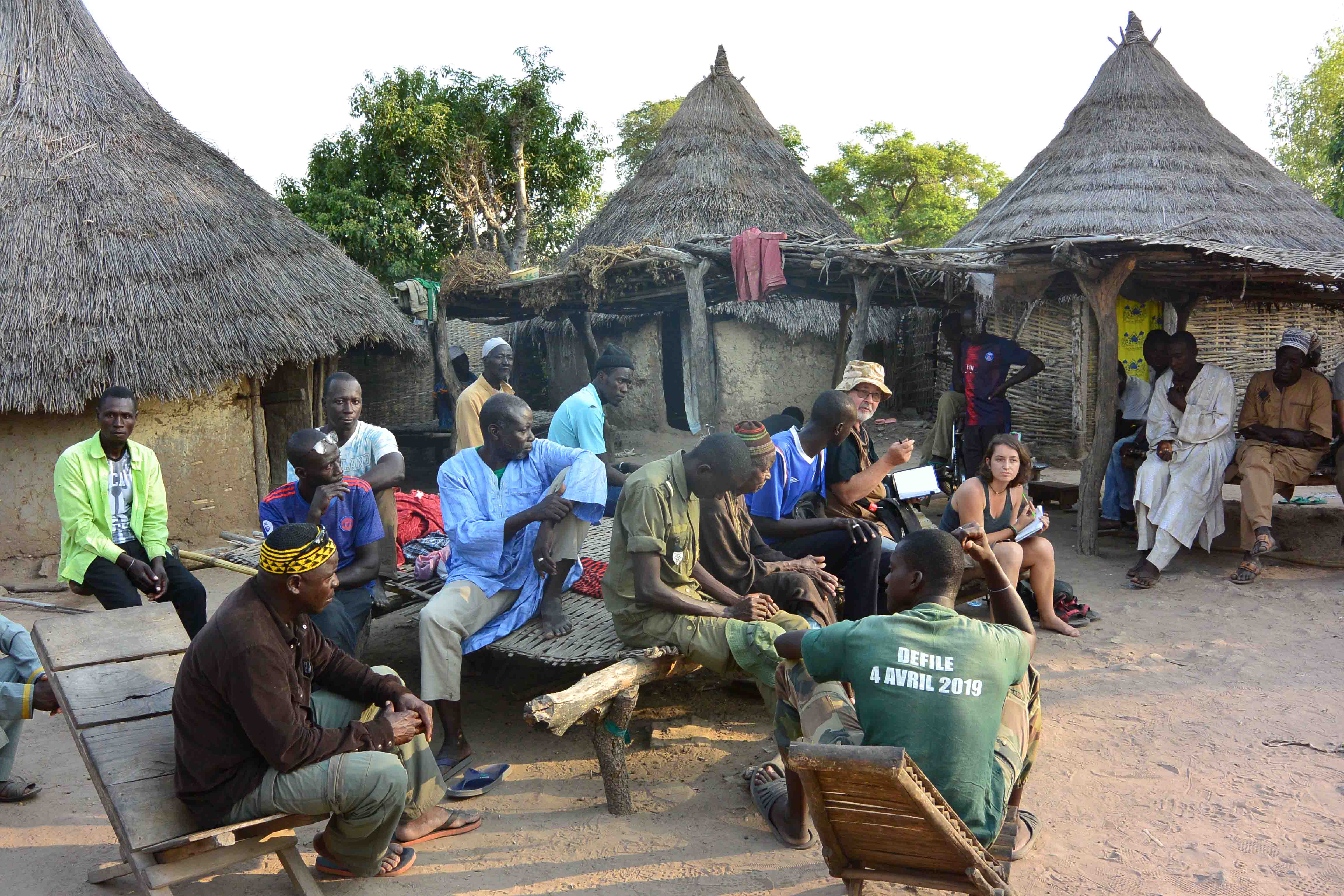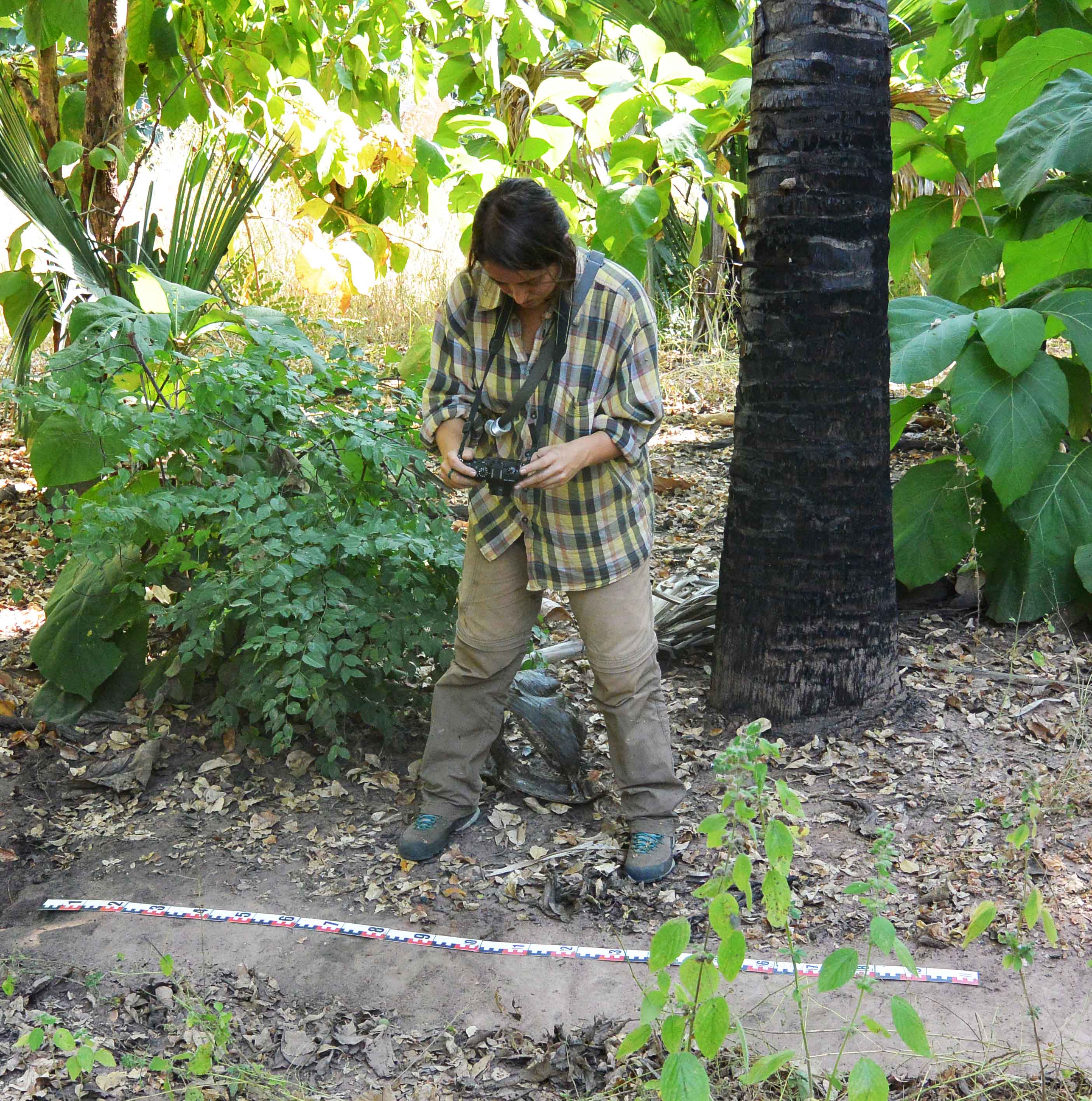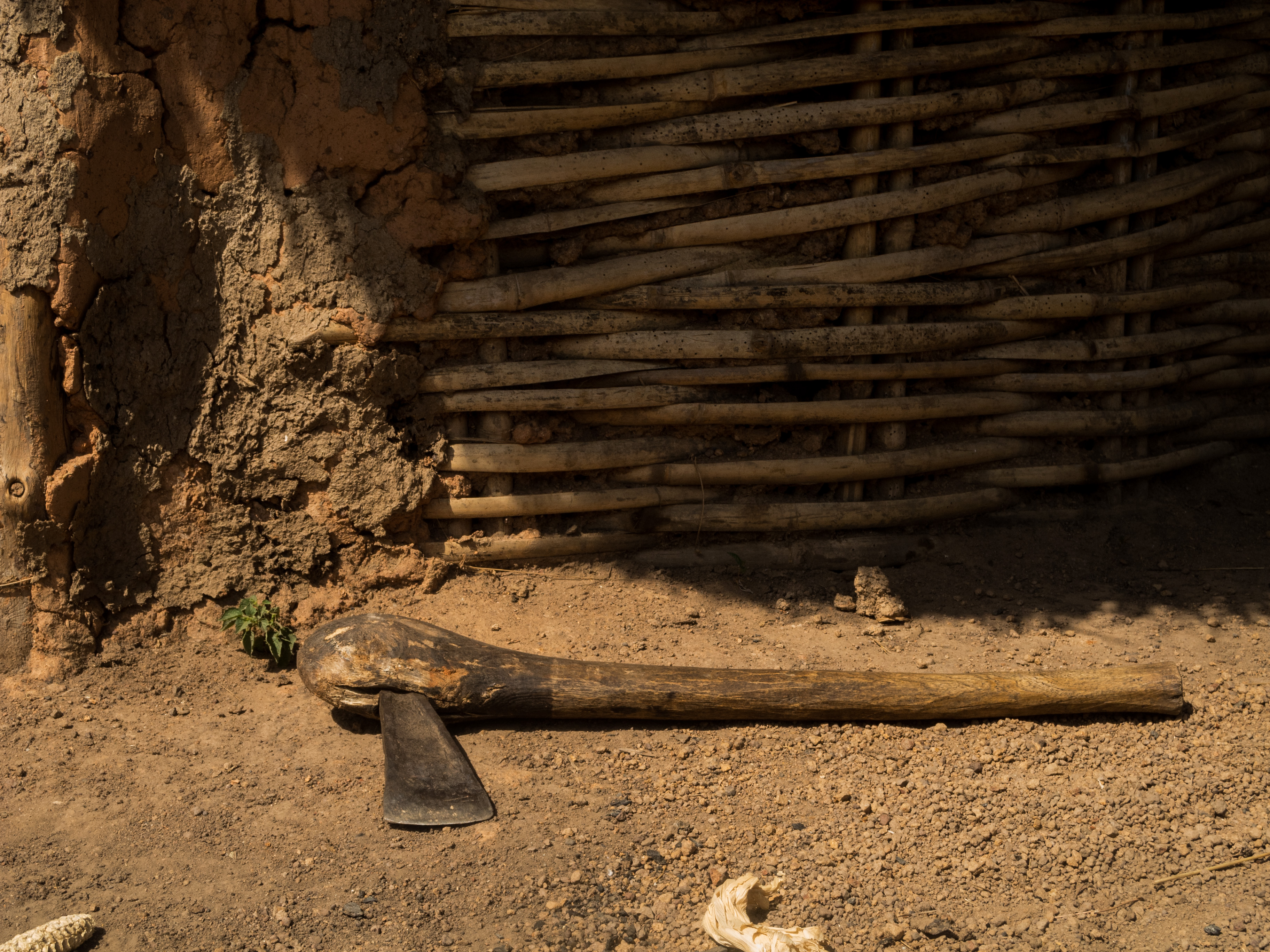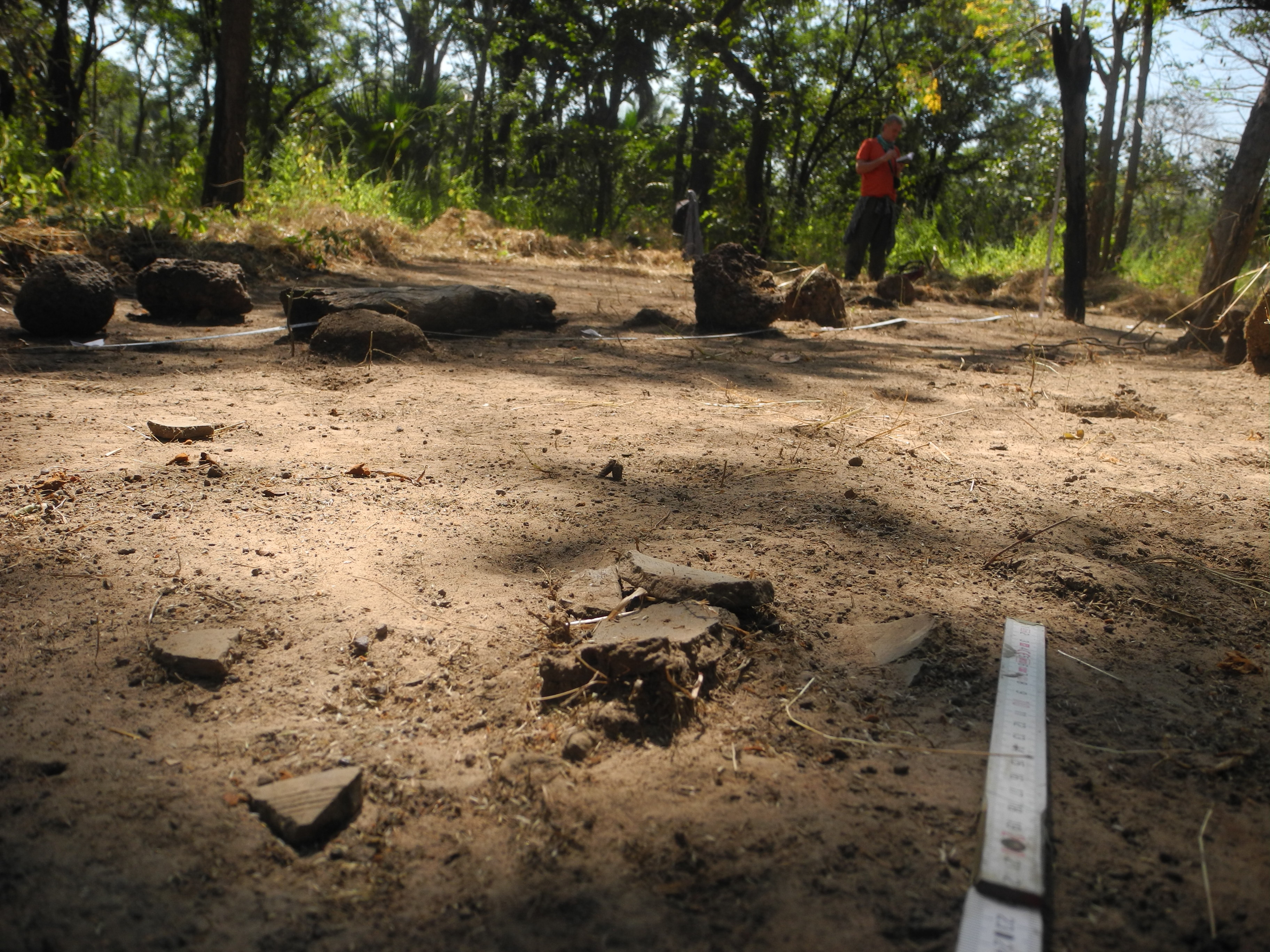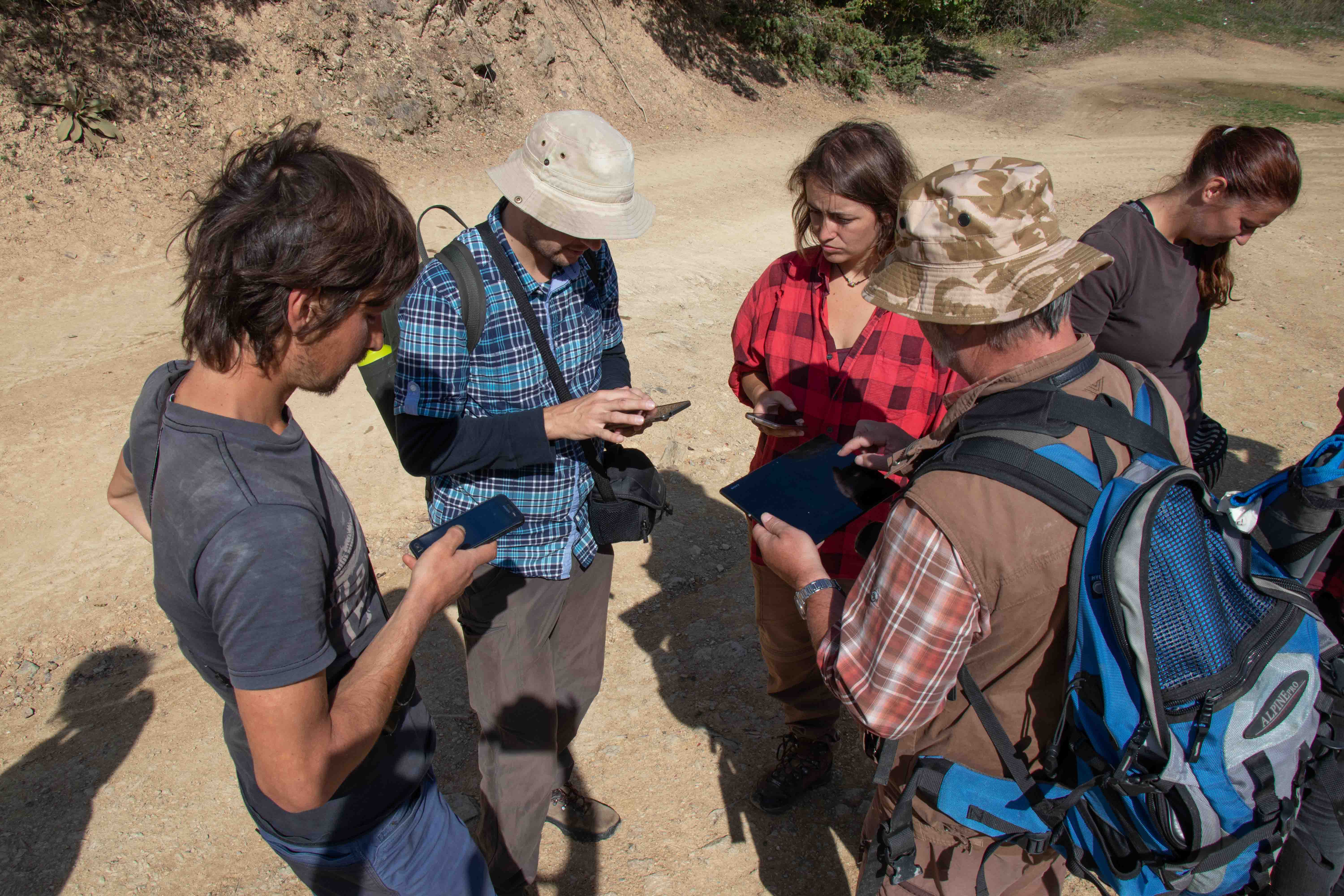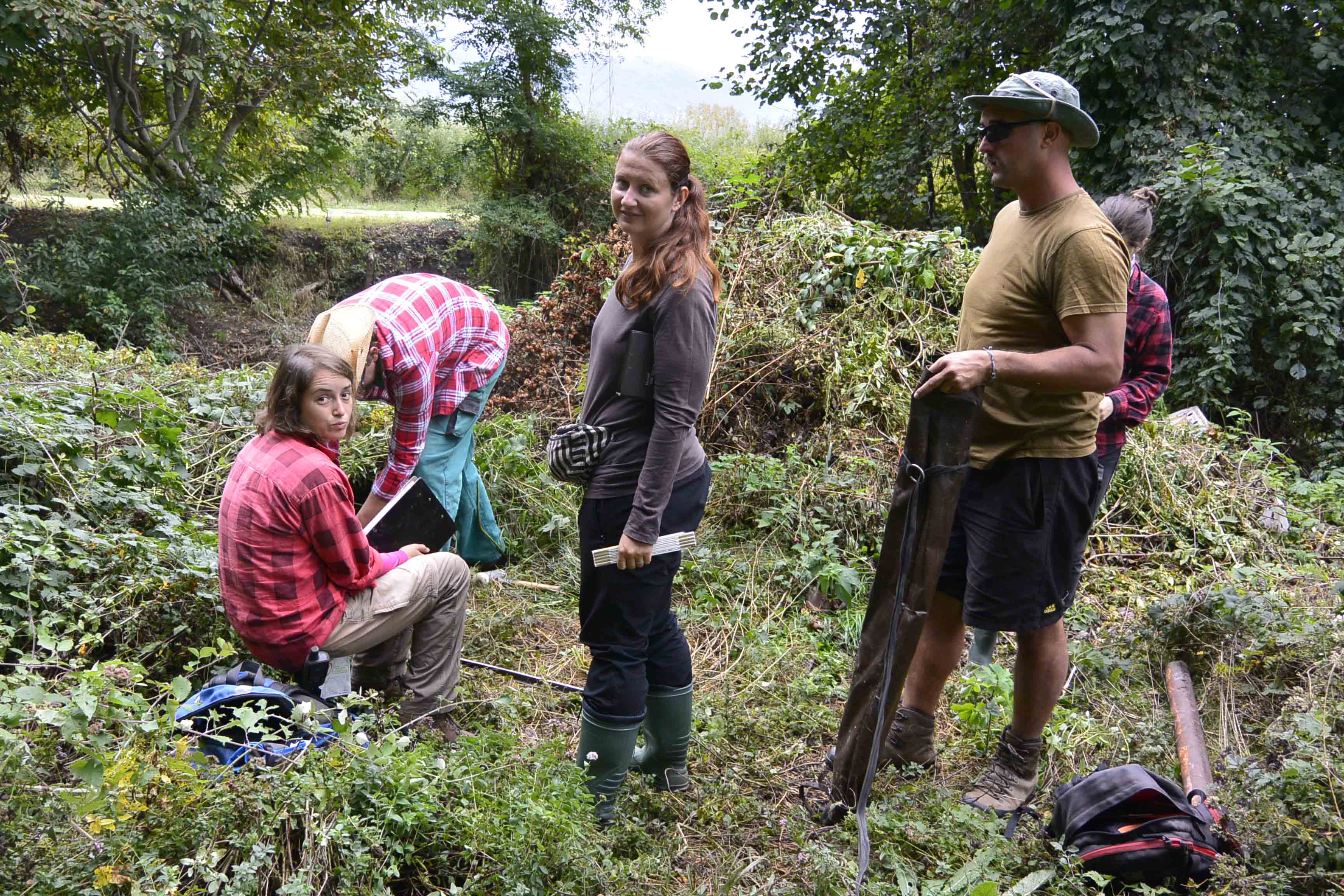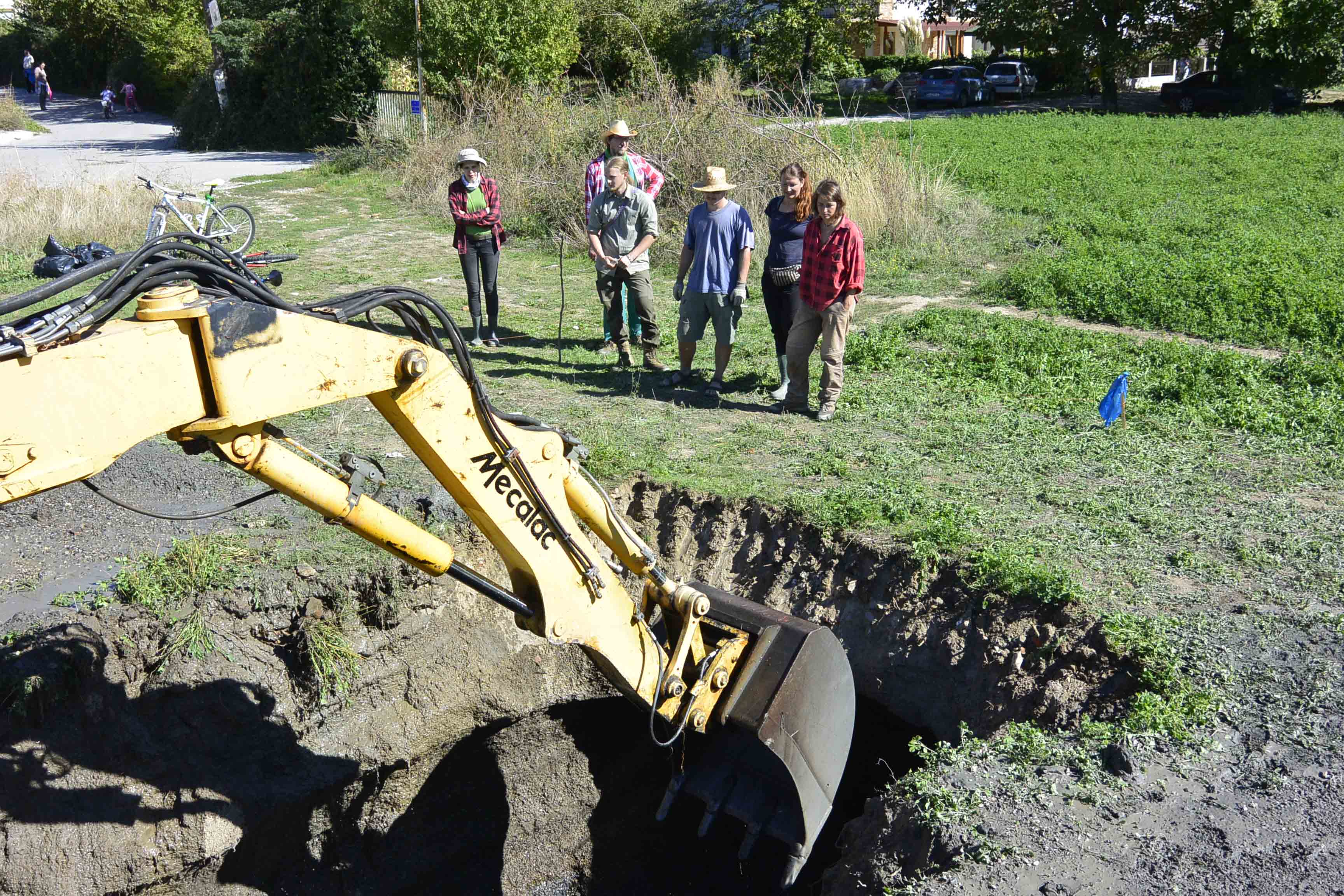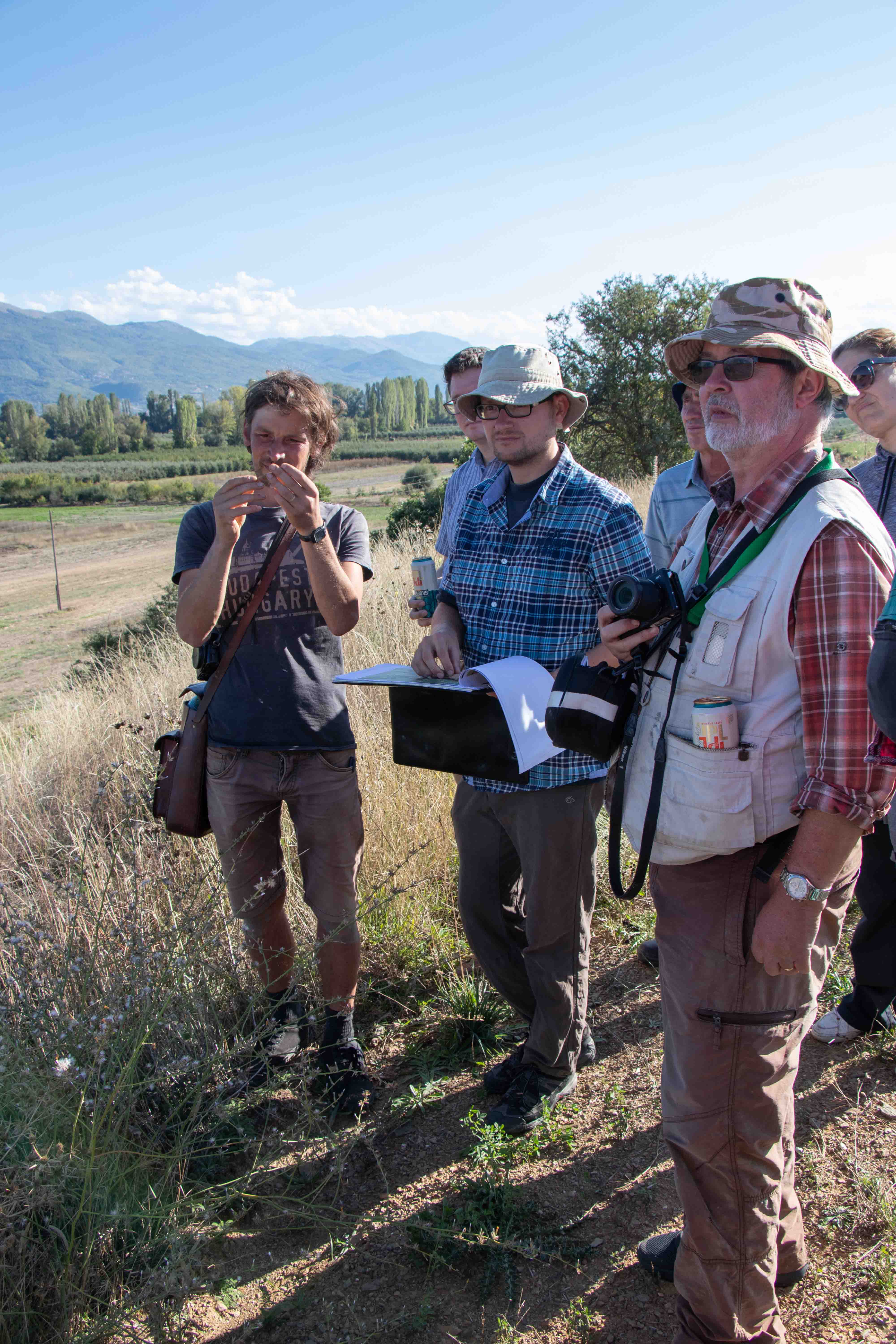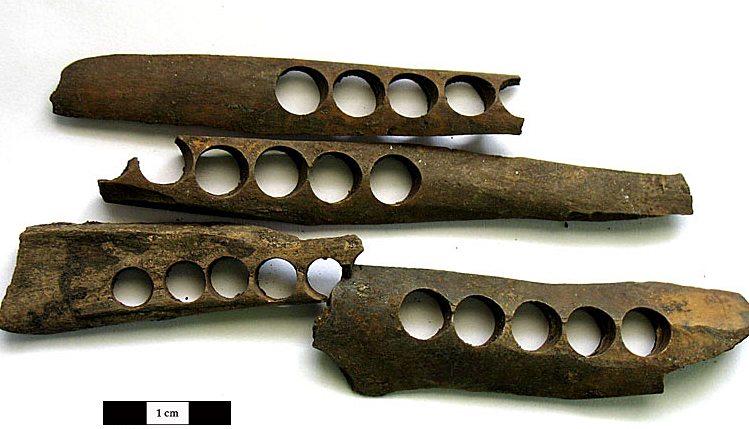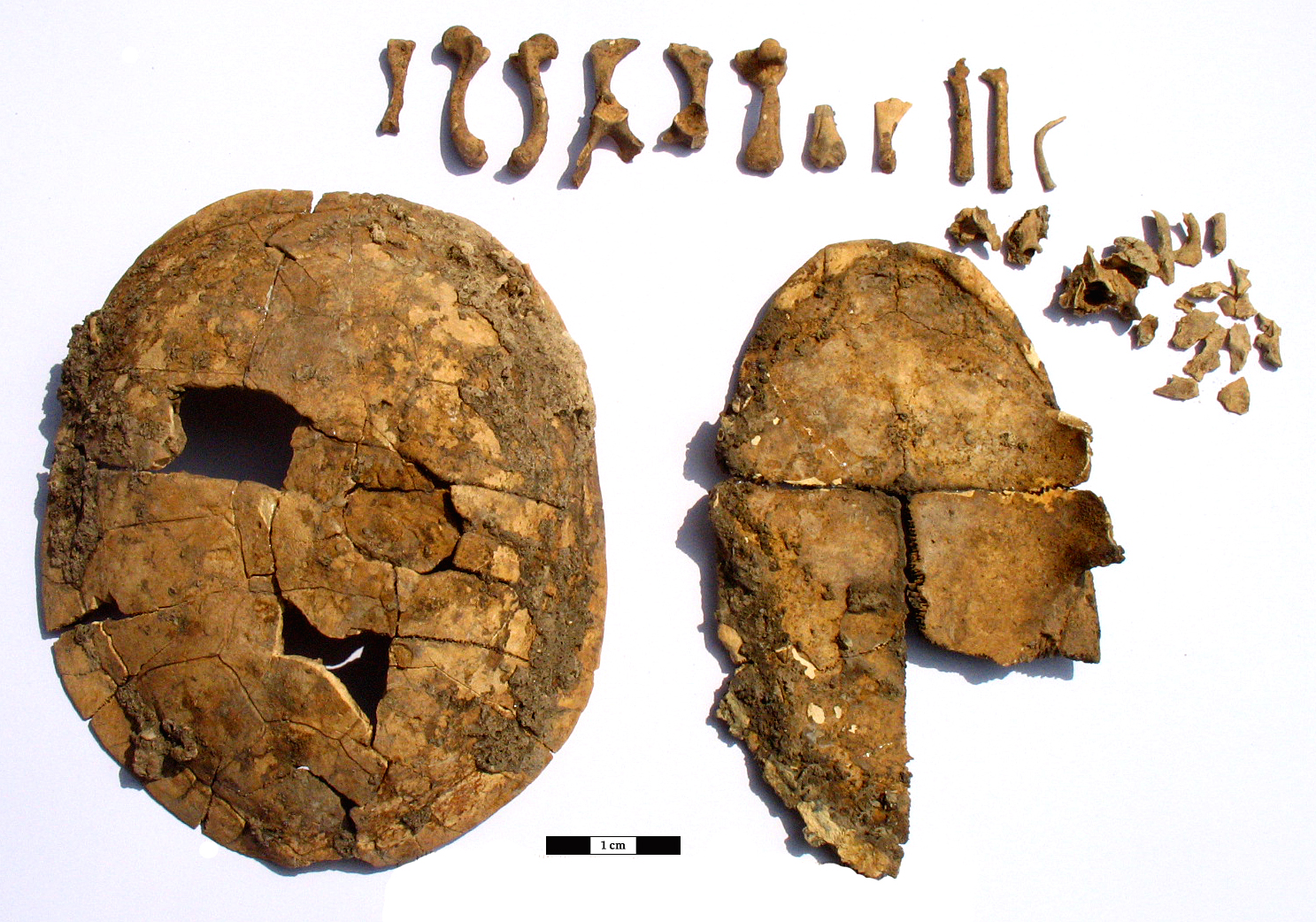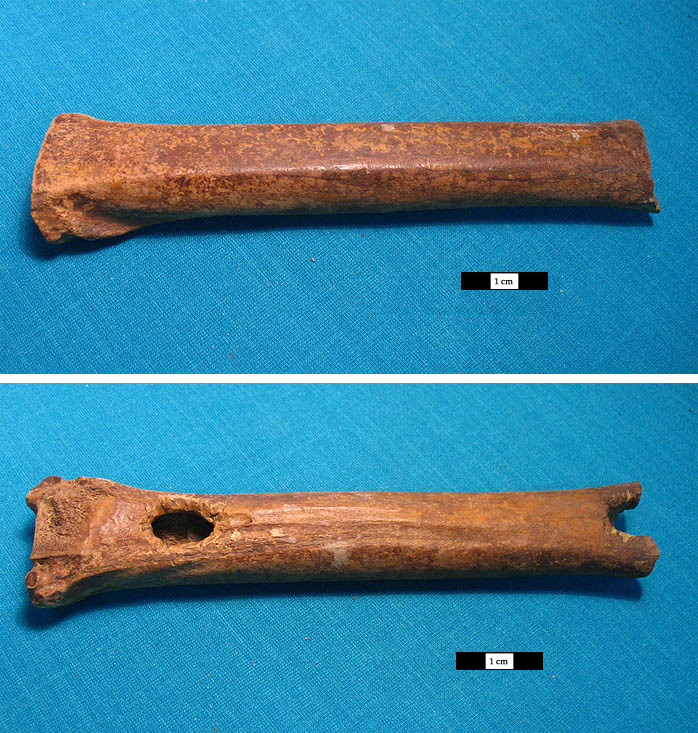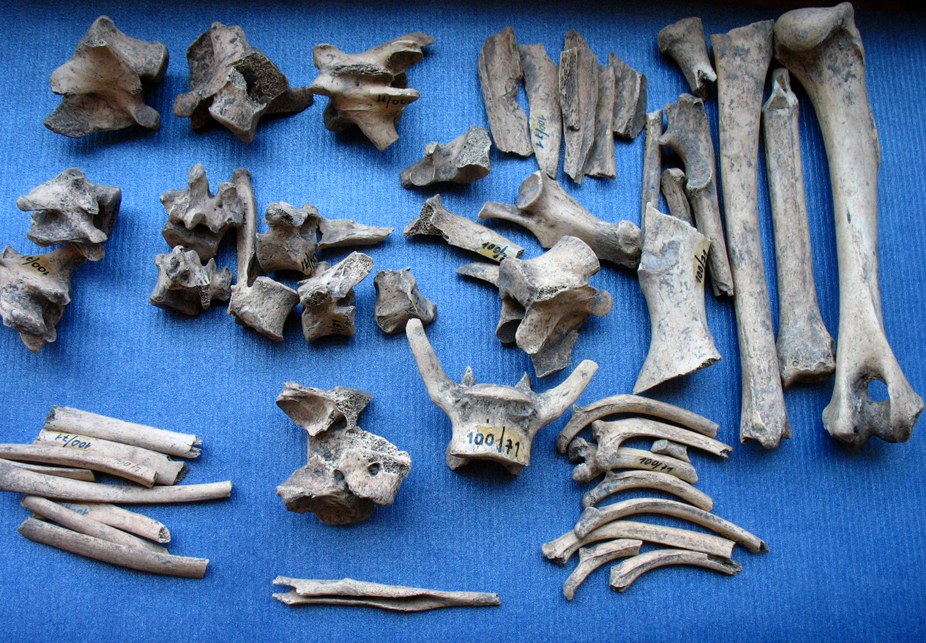In 2009, the Institute of Archeology of the Academy of Sciences of the Czech Republic, Prague, v.v.i. with the Regional Museum of Mělník and in cooperation with the Laboratory of Archaeobotany and Palaeoecology of the University of South Bohemia in České Budějovice was conducting archaeological research during the events "Revitalization of the city of Mělník" and the construction of the connection of the port to the road I/16.
It was a planned rescue archaeological research, which in terms of size is one of the most extensive archaeological probes on the territory of the castle and the town in the territory of Bohemia in the last 50 years. Its size can perhaps only be compared with similar research carried out at Prague Castle in the interwar period, or with the uncovering of Great Moravian hillforts in southern Moravia in the 1950s.
The most interesting part of the construction of the new sewer from an archaeological point of view was the section in Česká street, around the entrance side gate and the original walls. Part of the exposed and examined area in the upper layer contained the oldest marl sewer. Below it, an intact section of the fortification system was captured in the extent of about 1.4 x 18.3 m and to a depth of about 3 m. Here we managed to capture the wall fortification from the 14th - 15th century – a moat filled in mainly with modern material from the 17th century onwards, a fence partially broken by a new sewer from the second half of the 20th century and a terrace by the access road to Česká street, a fortification system mainly from the 9th century, a residential building from the same period and a stone ground plan of the top medieval fort (so-called Luční brána) in the fence line of the fortifications.
Thanks to rescue archaeological research in Česká Street, the early medieval settlement, whose beginnings fall into the 8th-9th century, was specified. In the 9th century, Mělník was fortified with a wall for the first time and became a hillfort, and its area was approximately 11 hectares. In addition to archaeological situations (fortifications and relevant settlements), we also obtained rich botanical and osteological material from the investigated section.
During the construction of the connection of the road I/16 to the port of Mělník, a part was already led in the previously broken section by the original construction of the road I/16. Unfortunately, the remaining part was only explored up to the subsoil level, because the construction of the road did not allow for deeper excavation. Despite this deficiency, when in fact only the youngest objects from mainly the early Middle Ages were captured in this layer, a total of 133 objects of various mainly economic nature were discovered. It details the flourishing of the Mělník sub-castle, in today's Pšovce, in prehistoric times - the Neolithic period and in the period from the 11th to the 13th century, when a craftsman's settlement was located here, about which we have only minimal written information. The settlement, which probably already had a Romanesque sanctuary in the vicinity of the later early Gothic St. Lawrence church and monastery, ended its existence in the 13th century, when a royal city was established on the hill. In addition to ceramics, grease, charcoal, osteological and botanical material was also obtained from the captured housing objects, mainly ovens.
The subsoil of Mělník area is made up of chalk sediments, which are suitable for preserving the original malacofauna. Preserved shells of molluscs bear witness to the use of the site in the past.
Fossilized mollusk shells - the malacocenosis - mainly consist of the following species: Truncatellina cylindrica, Vallonia pulchella (lovely vallonia), V. costata, and Vertigo pygmea (crested vertigo) or Pupilla muscorum (Moss Chrysalis snail or widespread column). All these species belong to the same ecological group of xerothermic gastropods inhabiting herbaceous formations in dry or slightly moist and warm habitats on unconsolidated calcareous sediments.
The results of the botanical macroremains analysis showed the main assortment of cereals cultivated in the early Middle Ages. The most important cereals are wheat and barley, proso millet (Panicum miliaceum) and its substitutes, such as barberry (Setaria sp), were also of great importance, at least in the early Middle Ages. The spectrum of field weeds is also very interesting, which is evidenced by today's almost extinct, but formerly abundant species, such as for example common corncockle (Agrostemma githago), hare's ear (Bupleurum rotundifolium), blue woodruff (Asperula arvensis), and Polycnemum major.
The aim of the macroremains analysis was to document the cultivation of vines in the early Middle Ages. Thanks to the discovery of a charred stone of a grape vine, it can be assumed that there was a winery in Mělník in the early Middle Ages, and in a way this confirms the legend according to which the winery was founded here by Saint Ludmila with Bořivoj at the end of the 9th century. The above-mentioned weeds, which are often found even in vineyards, can strengthen this theory, but they cannot be taken as direct evidence.
The results of the anthracological analysis show the presence of two different types of samples. There are less numerous samples with a species-varied composition, which probably reflect the character of indiscriminately collected firewood. On the basis of the species composition of these samples, it is possible to reconstruct the presence of relatively intensively affected vegetation with an abundant presence of light-loving and early successional tree species in the vicinity of the wood in the immediate vicinity of the site. There was probably a rich mosaic of forest-free areas, pastures, vegetation and enlightened oak forests managed with stumps. The presence of the nearby Elbe alluvium is indicated by the relatively abundant presence of poplar/willow. The second type of samples are contexts with the occurrence of one or two tree species (oak or pine). It is likely that it could be the destruction of buildings, and the wood of these trees was used as a construction material. The wood used for the construction of the buildings was selectively chosen. Given the ecological characteristics of the immediate surroundings, it is not excluded that there were also imports from the wider surroundings of Mělník. The transport of beech wood can be considered in a similar way.
From the results of analyzes of mollusk shells, plant macroremains and carbon, we can conclude that it was a deforested mosaic landscape where both anthropogenically influenced habitats and steppe enclaves were found in close proximity.
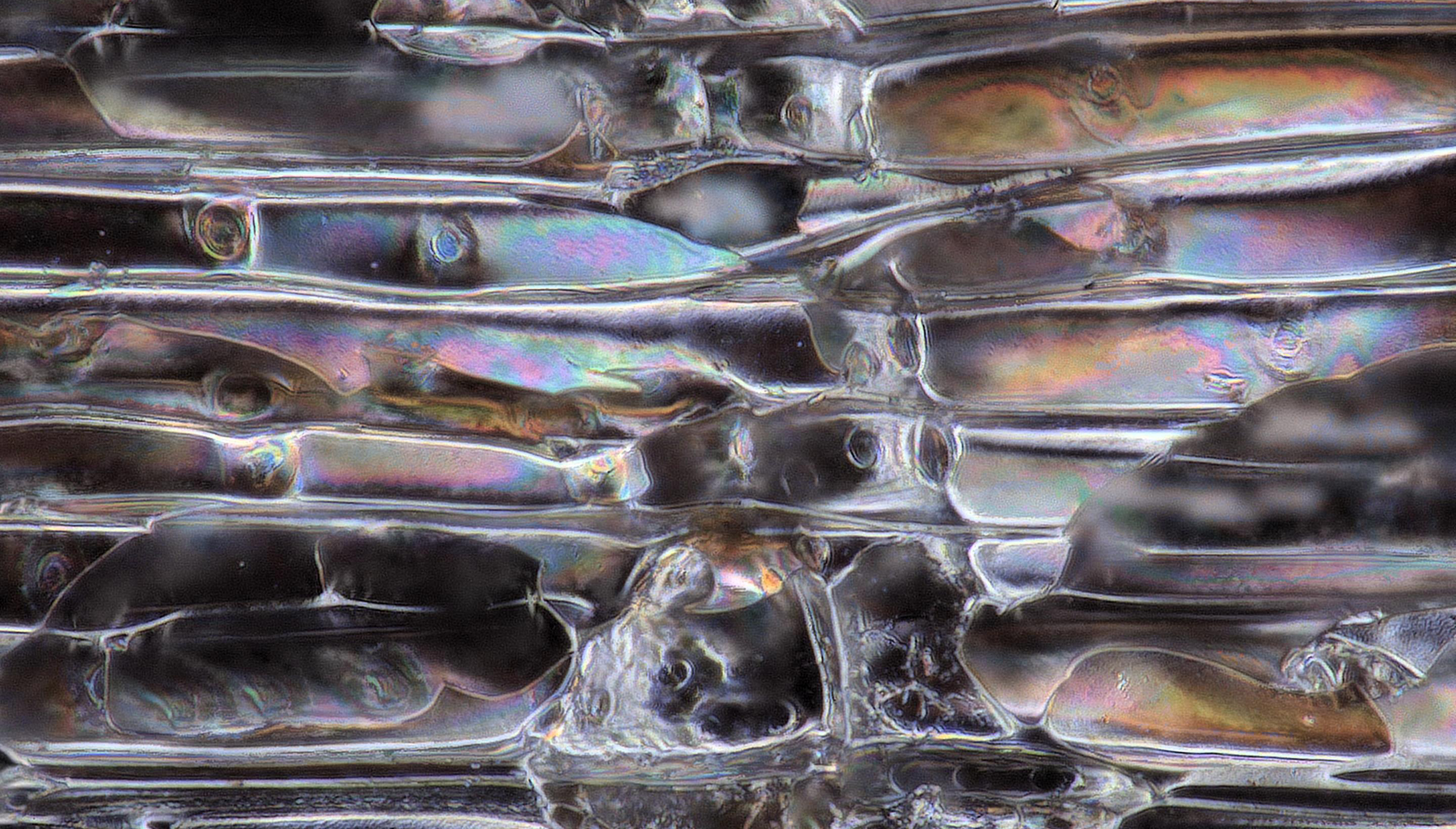
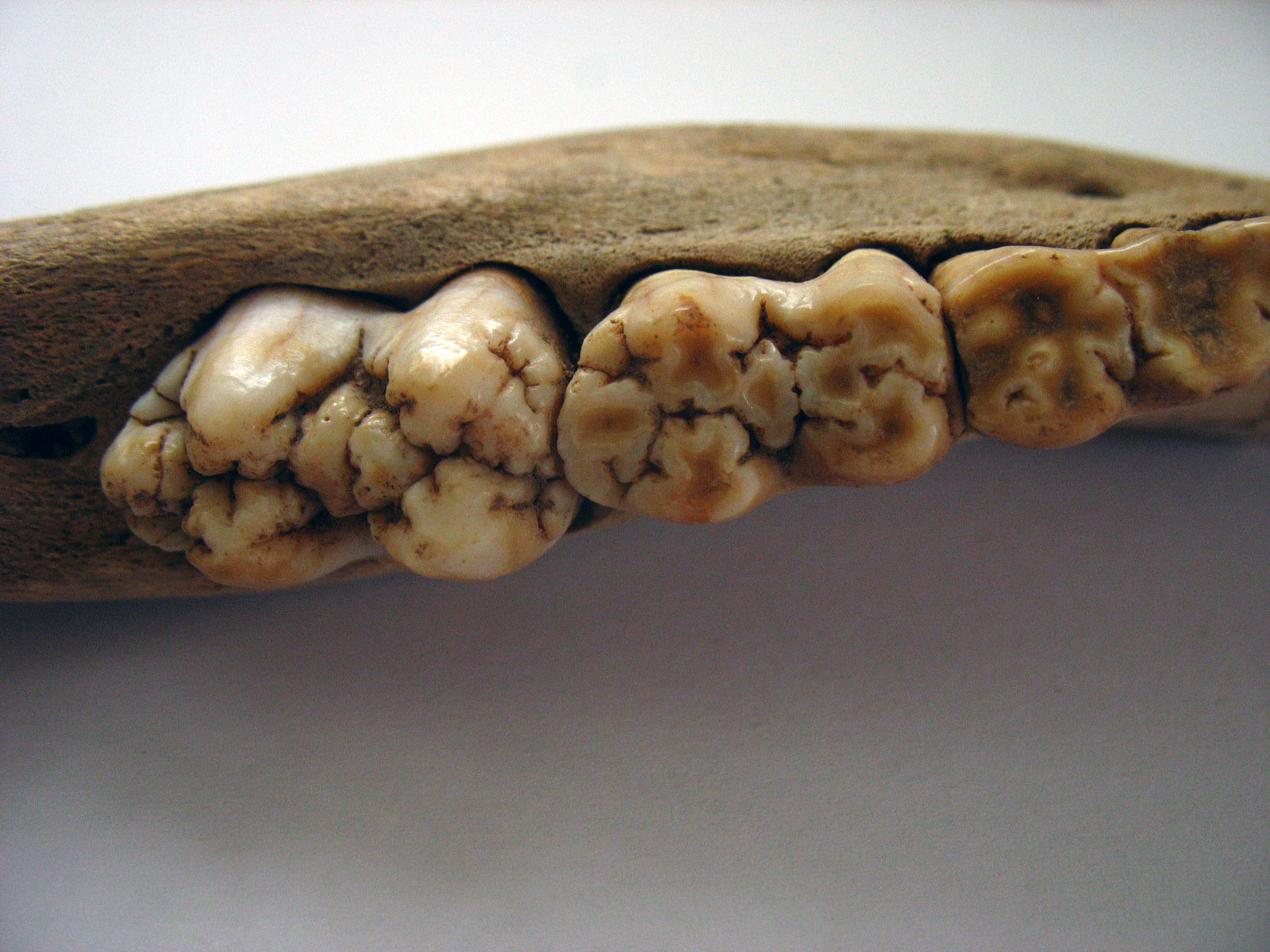
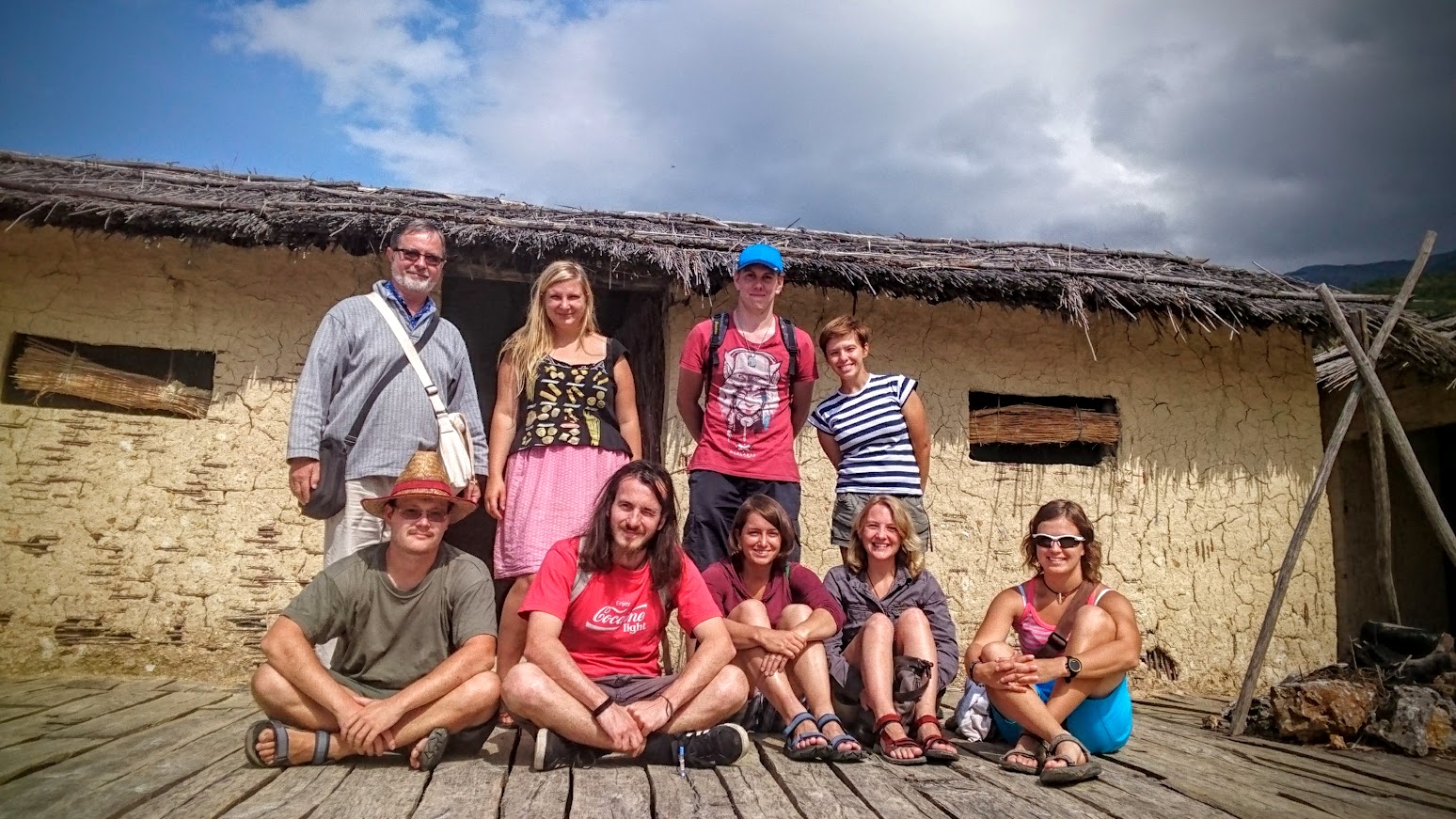
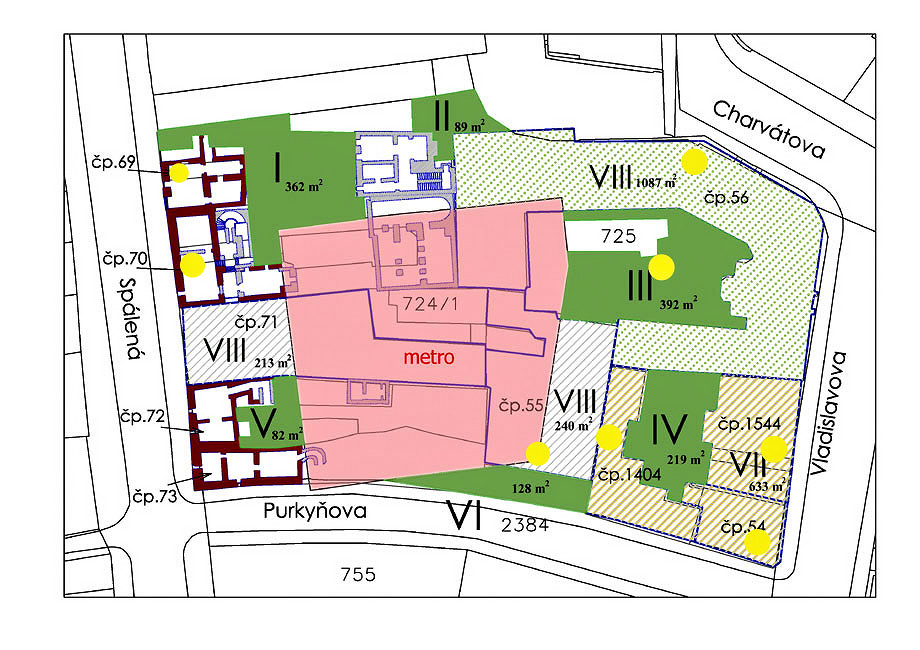










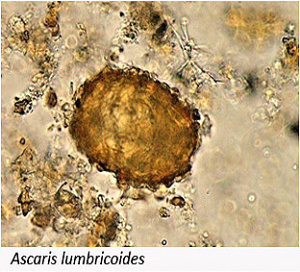


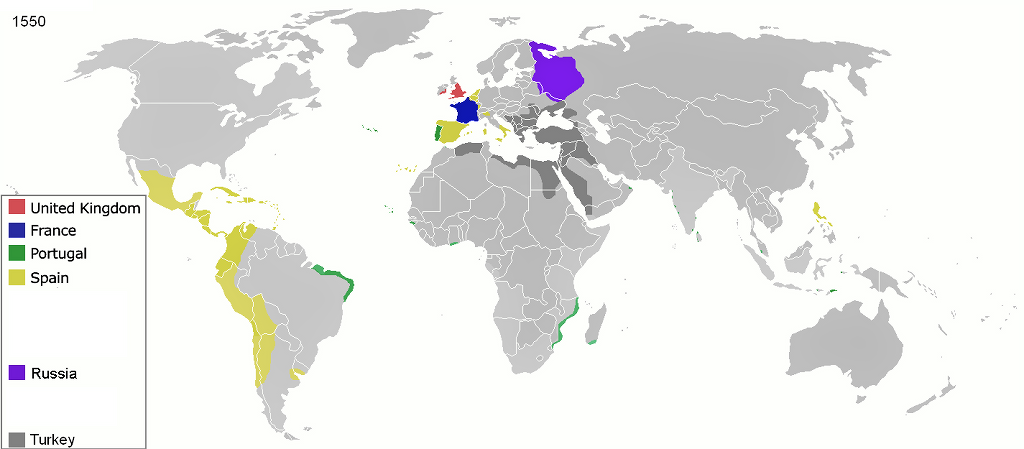
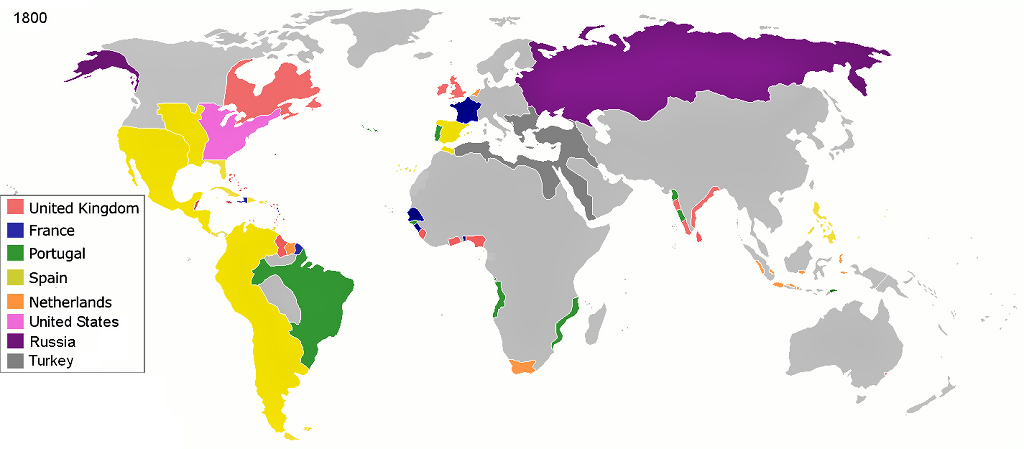


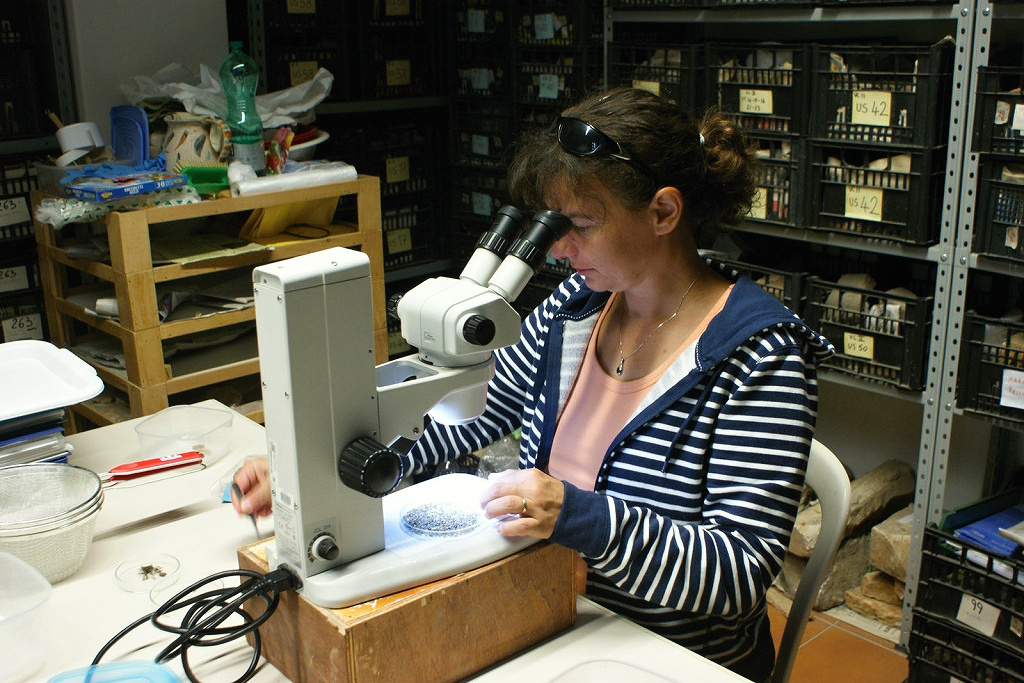
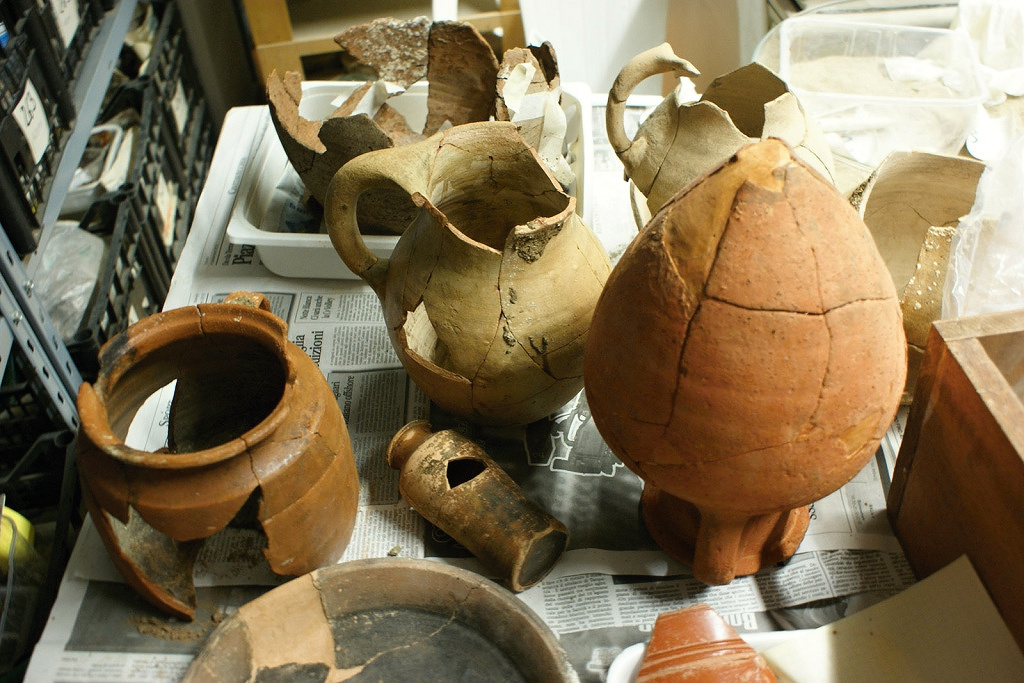 Ceramic vessels from the Etruscan period from the well whose contents we are analyzing.
Ceramic vessels from the Etruscan period from the well whose contents we are analyzing.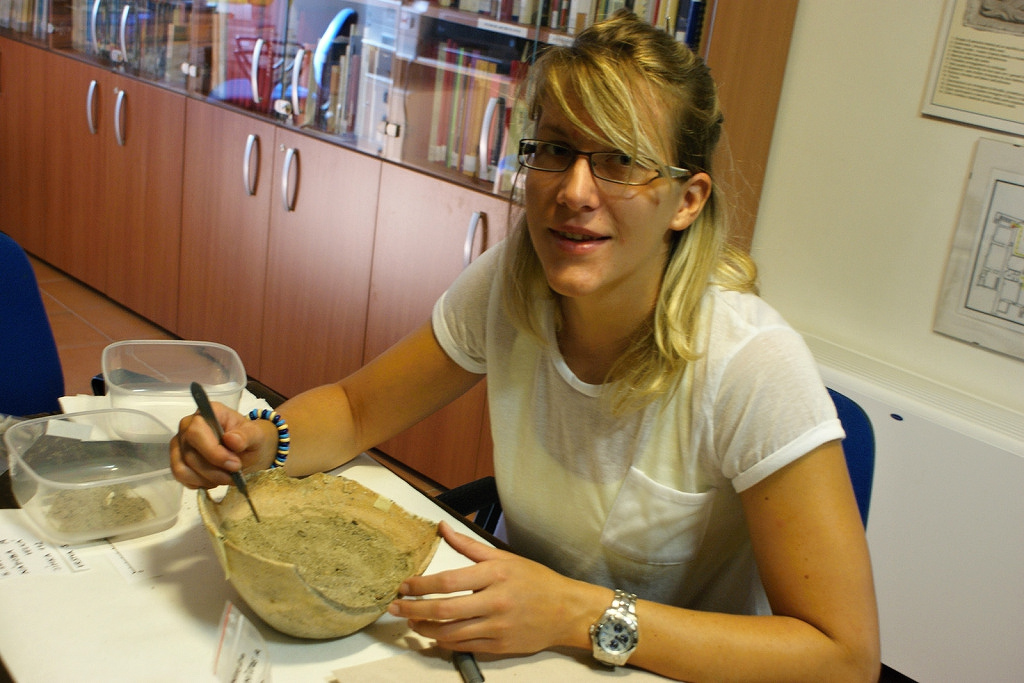 Klára Paclíková analyzes the sediment of one of the vessels with a preserved filling.
Klára Paclíková analyzes the sediment of one of the vessels with a preserved filling.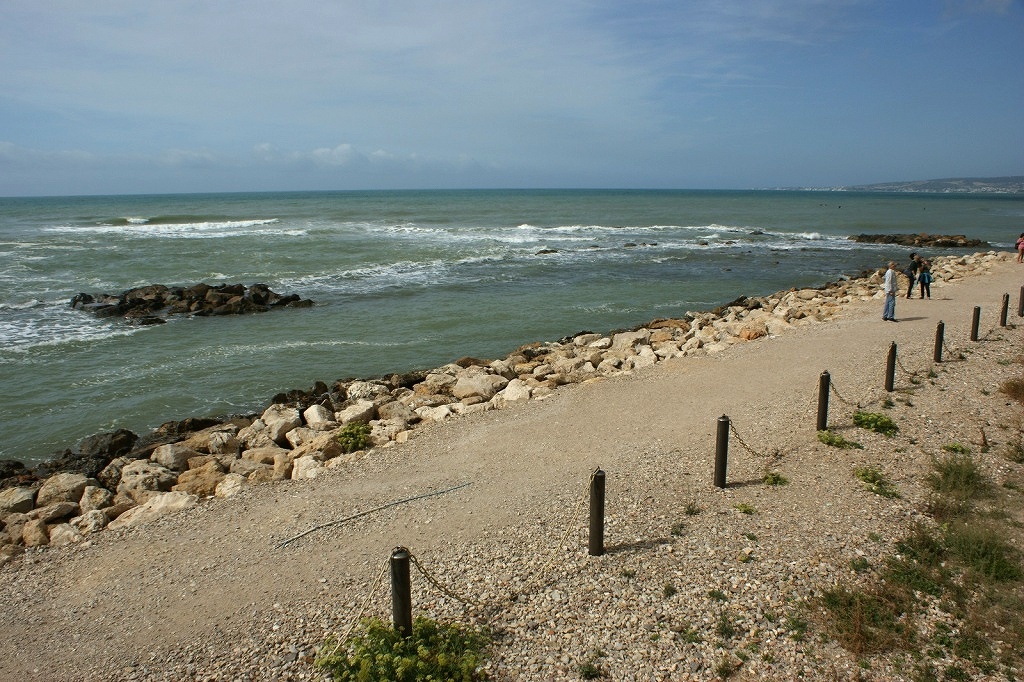 The ruins of the extinct Etruscan port of Pyrgi are located partially below sea level.
The ruins of the extinct Etruscan port of Pyrgi are located partially below sea level.
